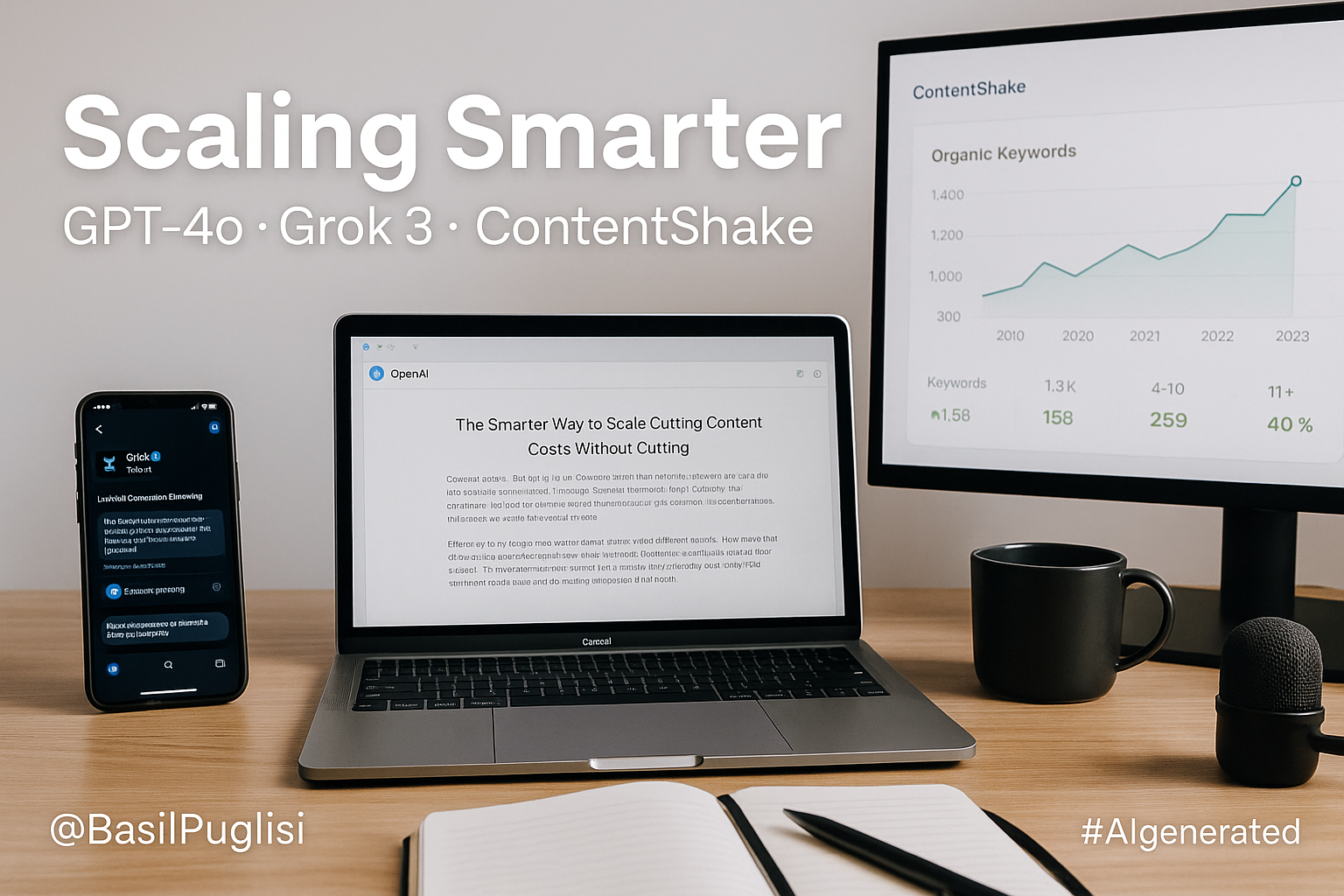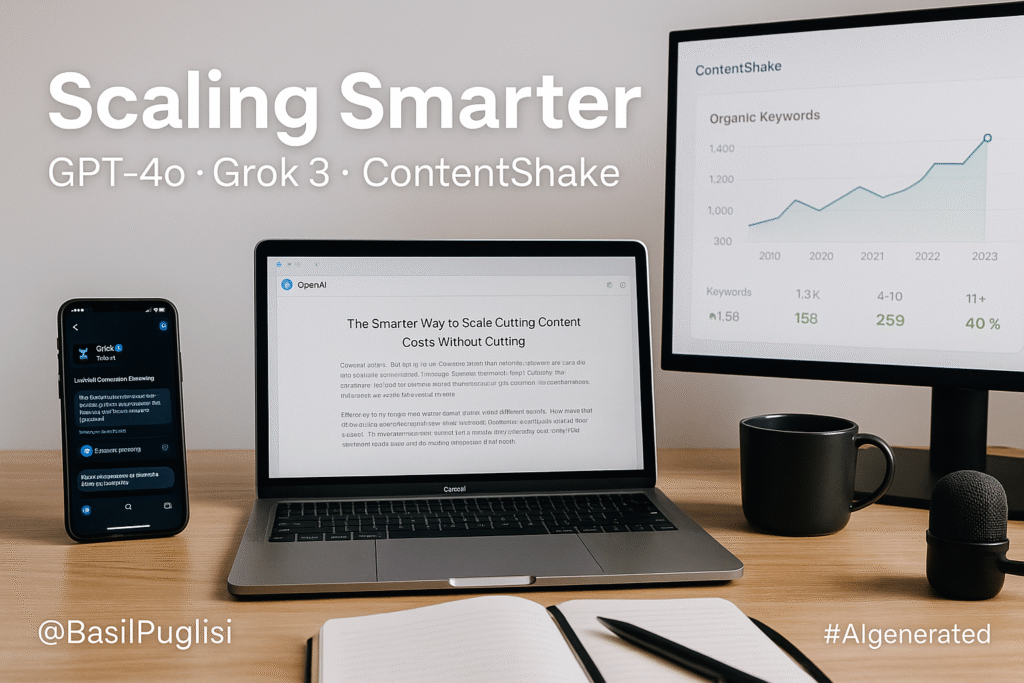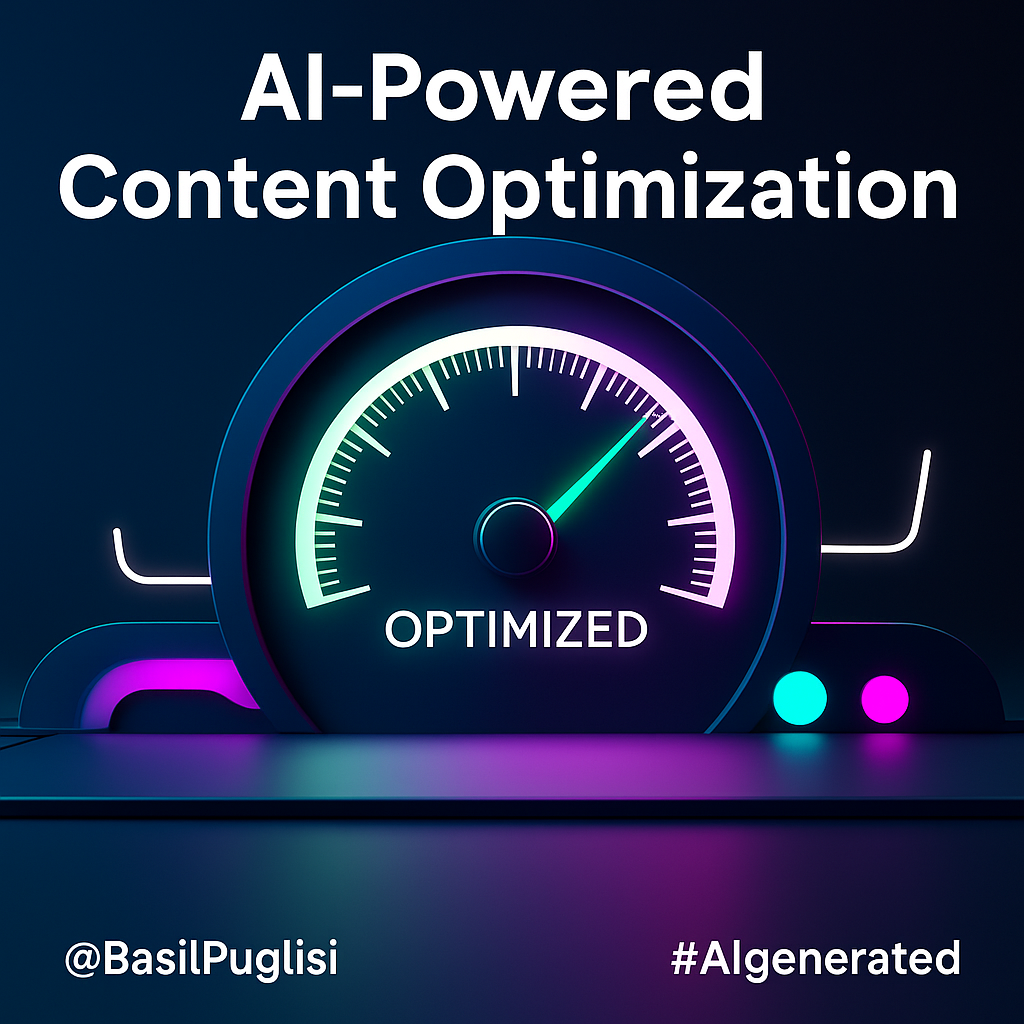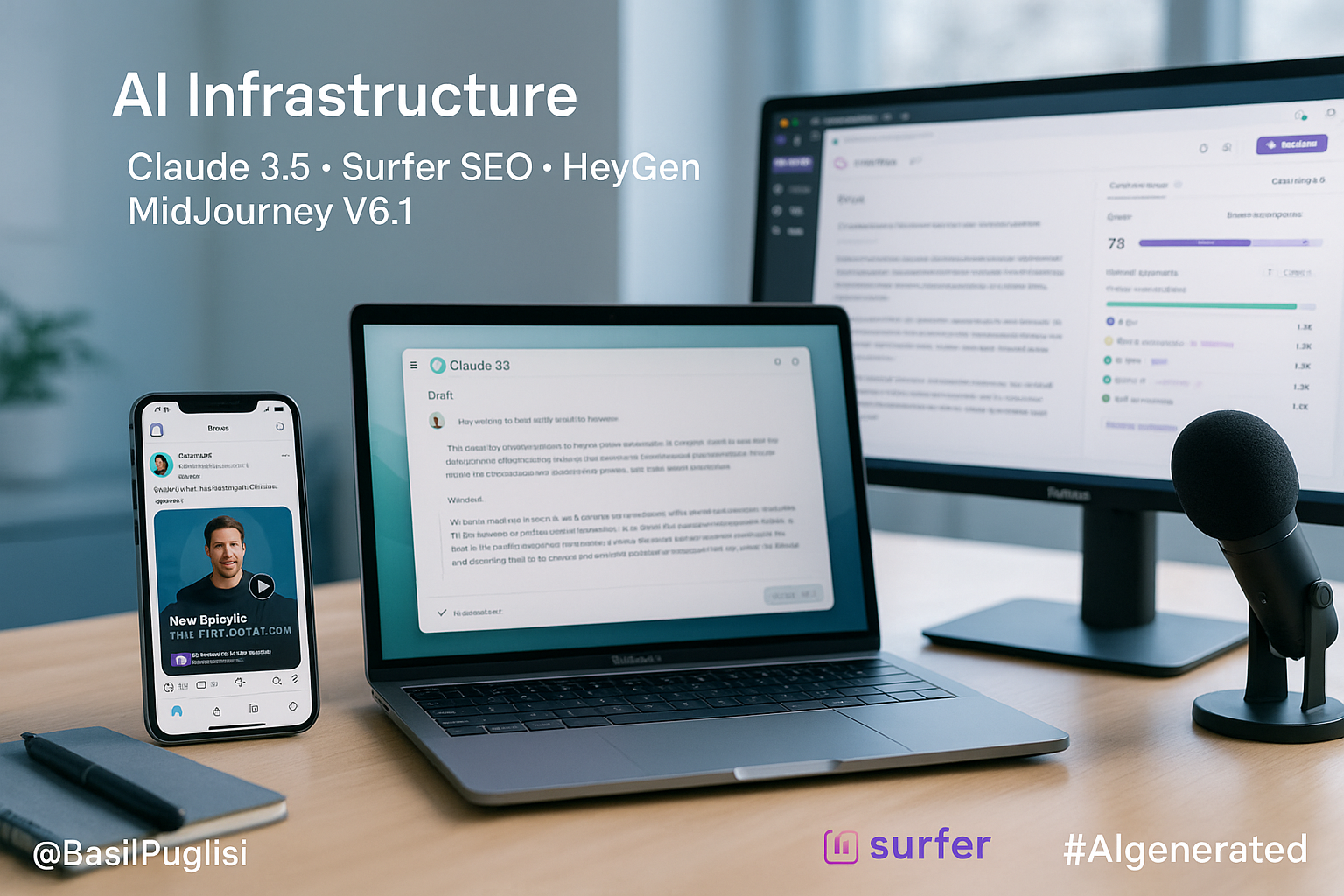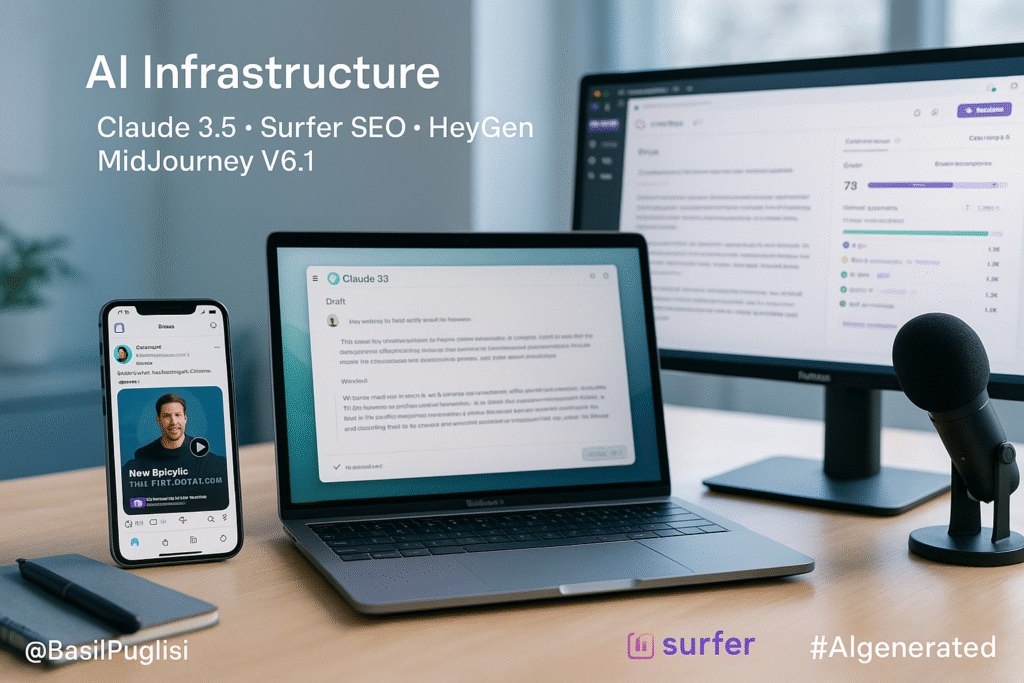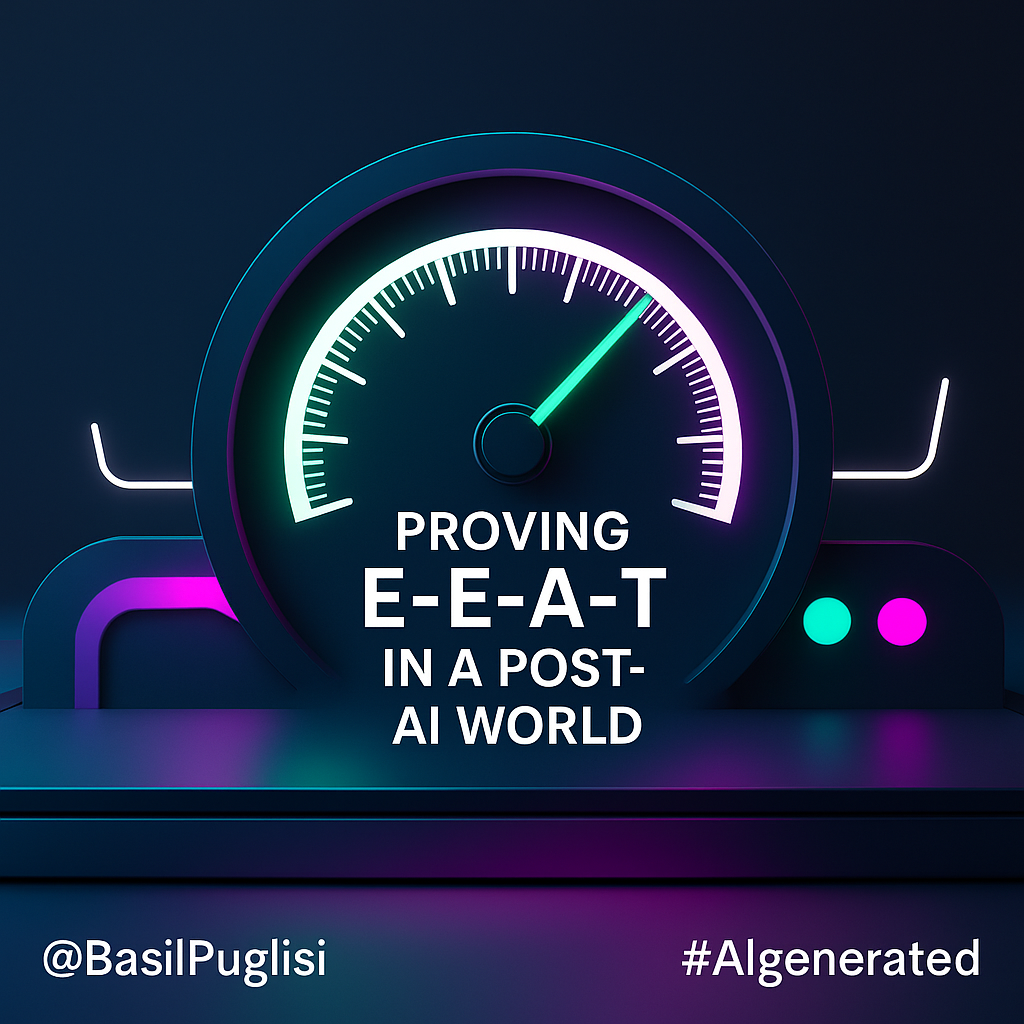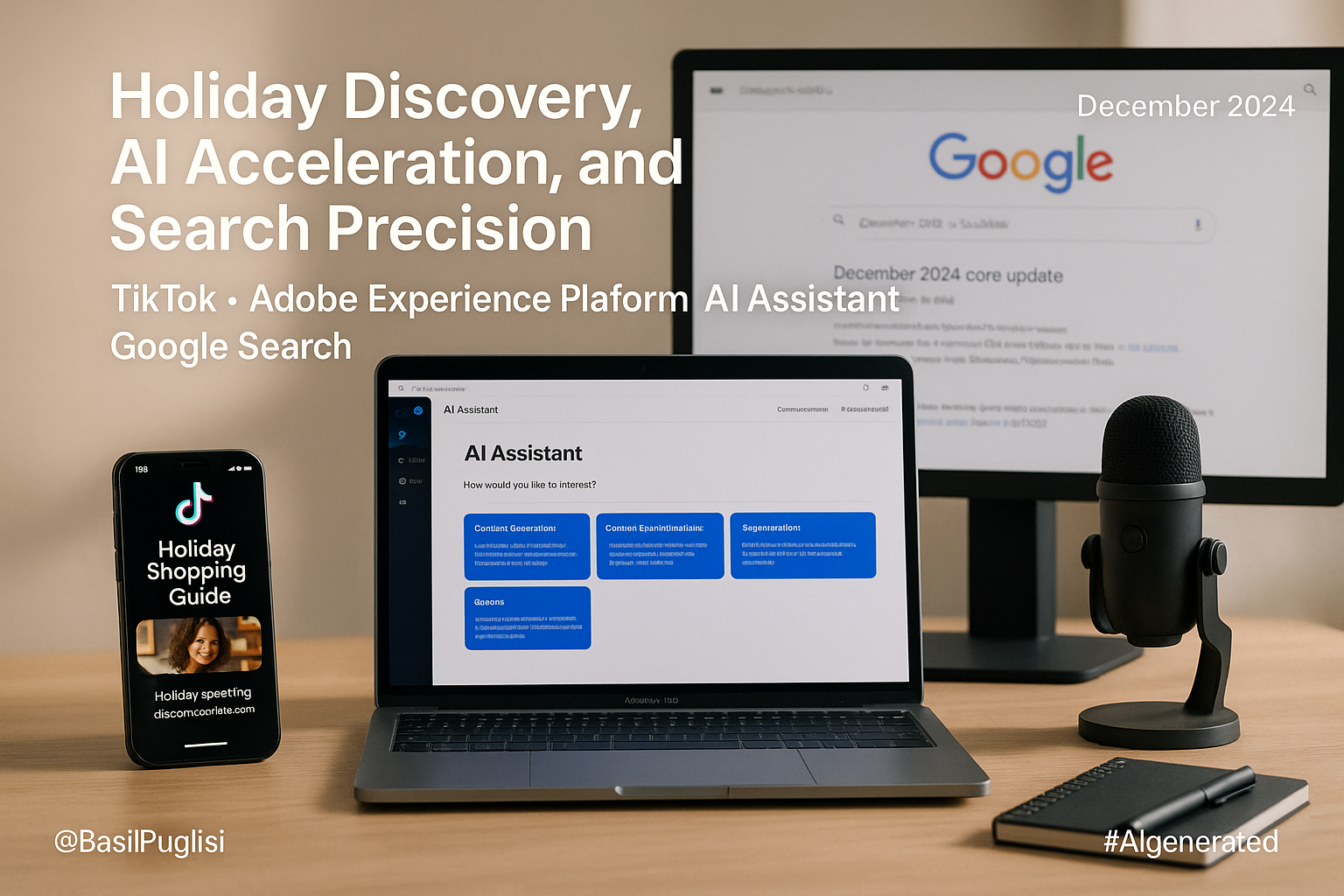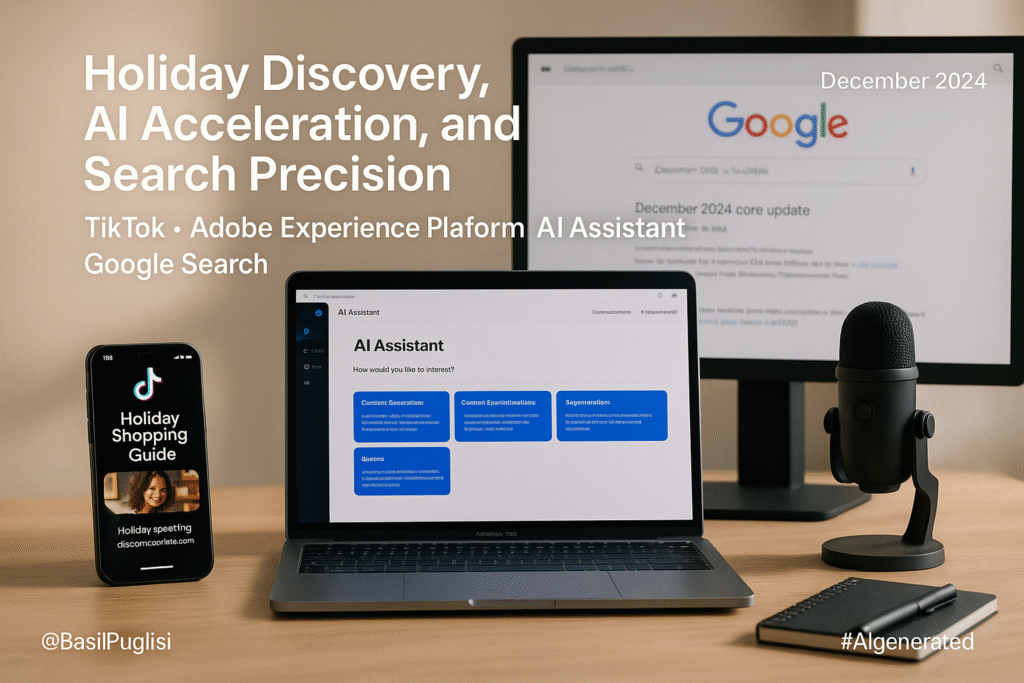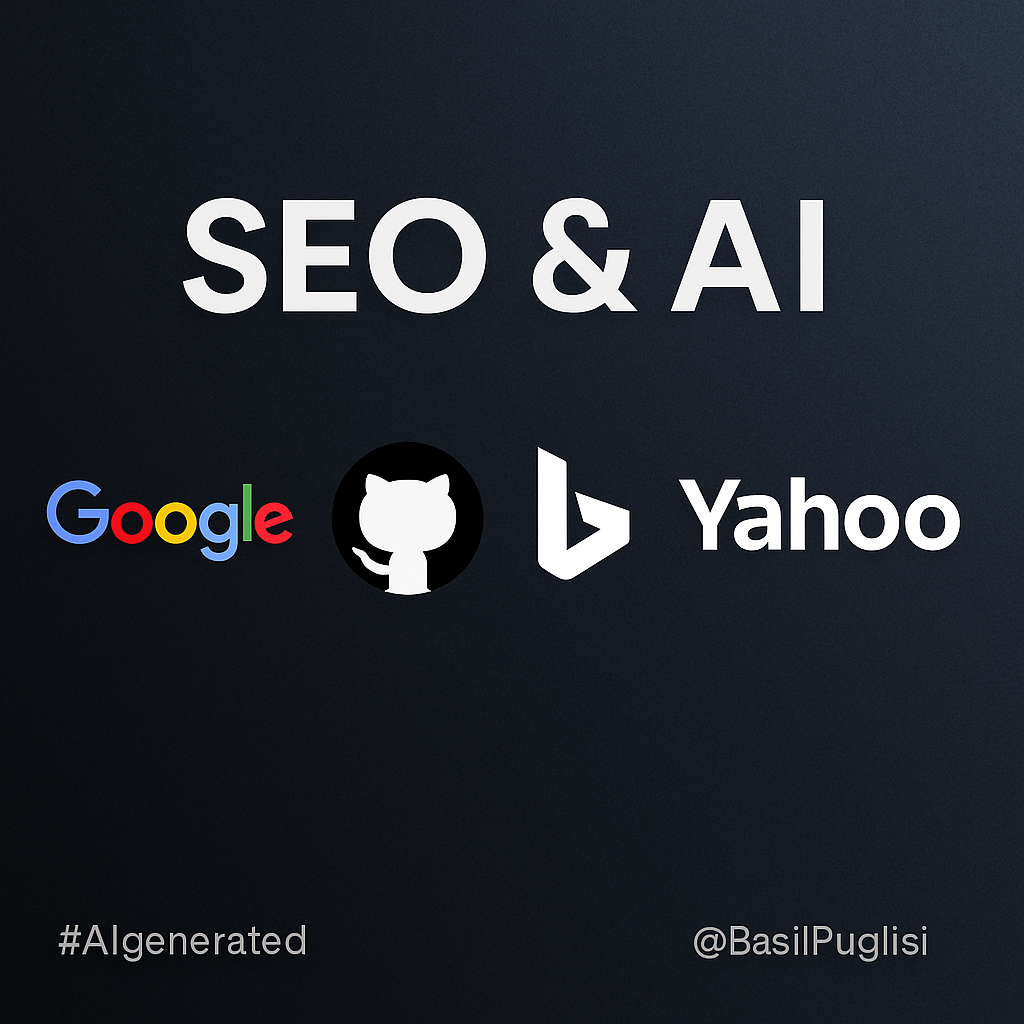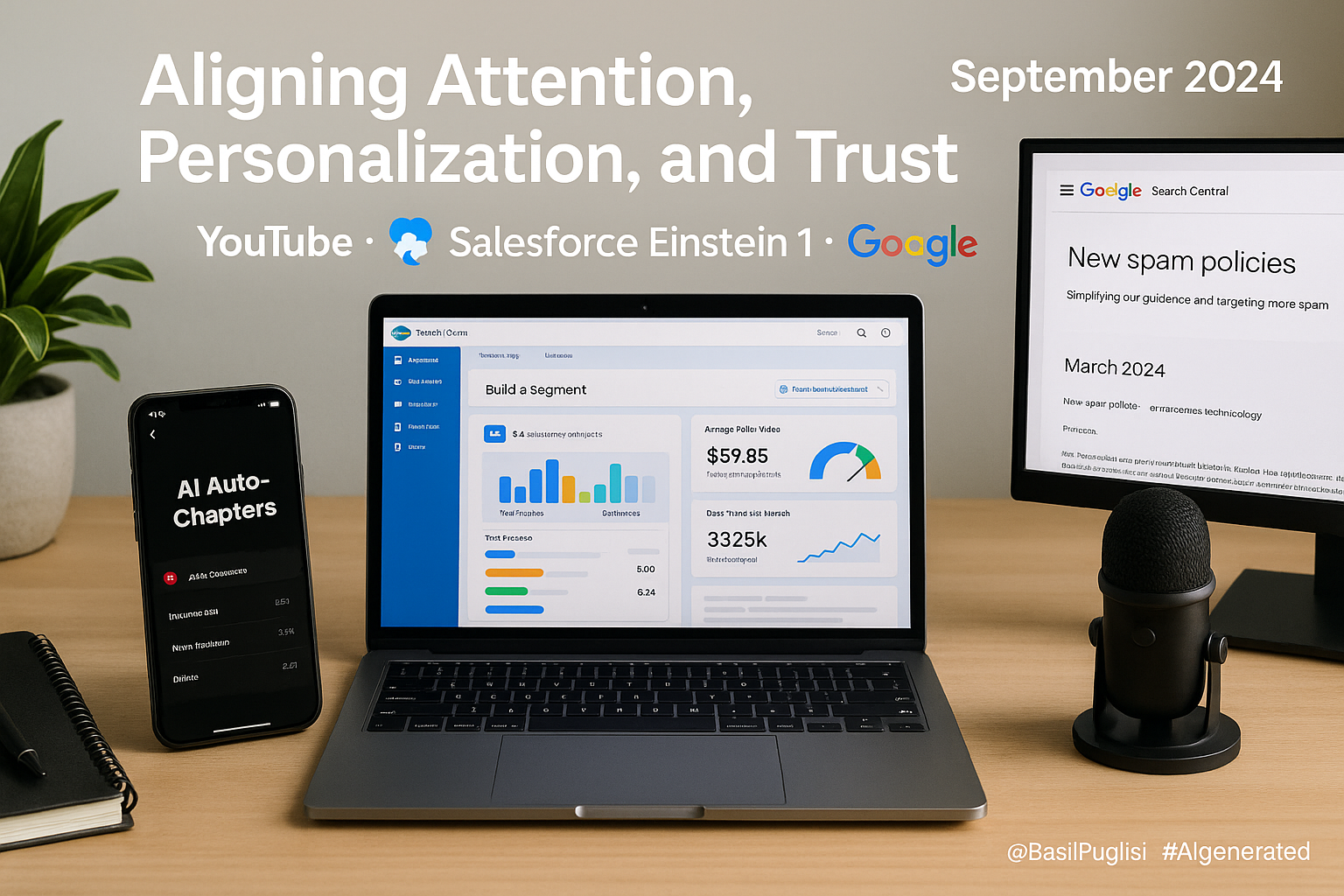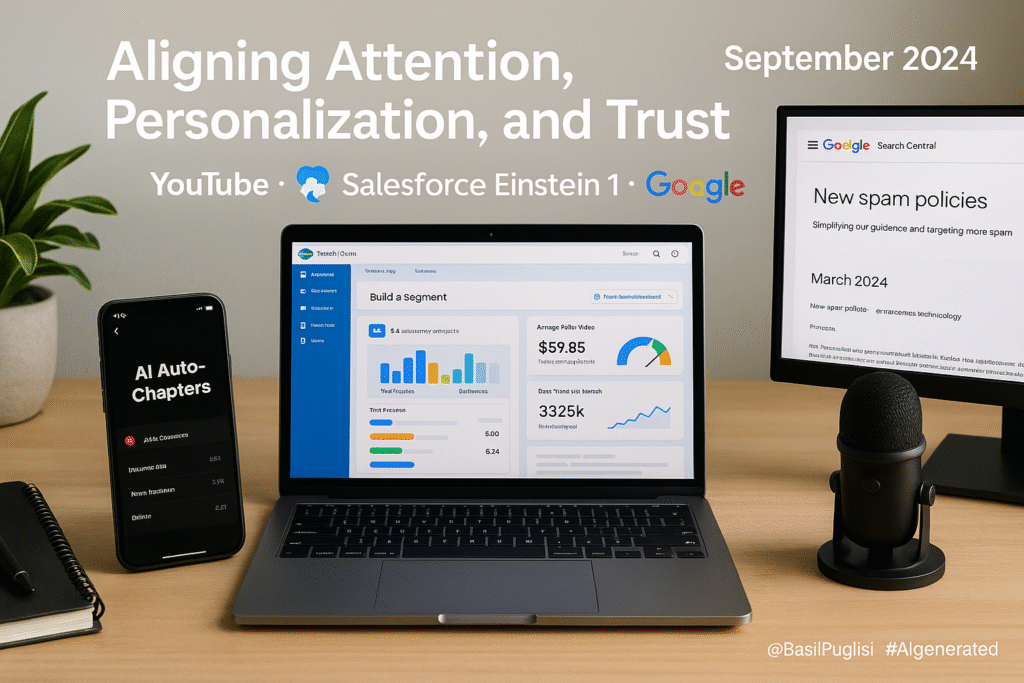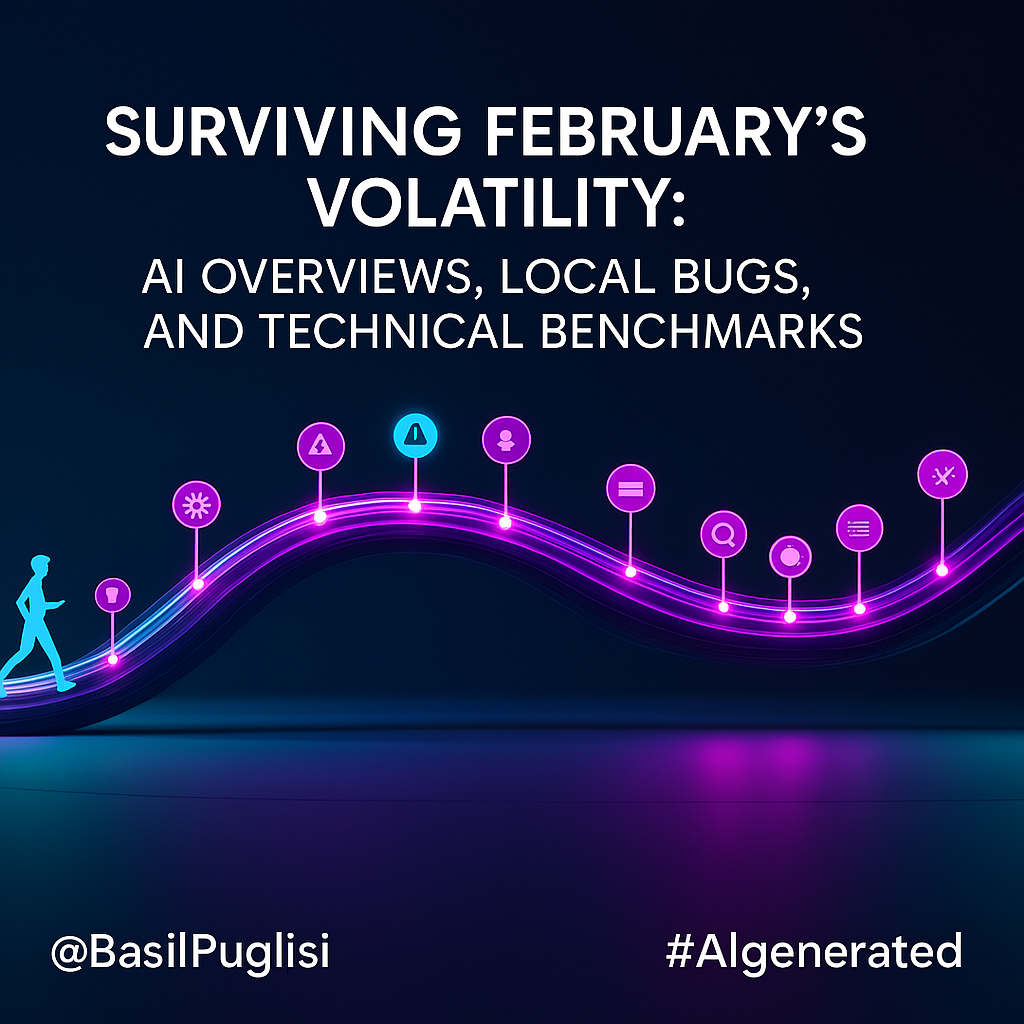
February didn’t bring an official core update, but volatility still shook search. From Google Business Profile review bugs to AI Overviews lawsuits, marketers confronted a search environment where visibility and trust depend more on authority than ever. Bing, meanwhile, refined its Webmaster Tools, underscoring how secondary engines matter as Google’s market share dips below 90%. For SEOs, the path forward is blending resilience in technical practices with adaptability to zero-click realities.
What Happened
Early in the month, Google’s Business Profile reviews disappeared for thousands of companies, a bug that rattled local visibility until resolved a few days later. Volatility struck again around February 9, coinciding with Super Bowl weekend traffic chatter, with tracking tools showing spikes despite no confirmed update. The Chegg lawsuit made headlines on February 25, alleging that Google’s AI Overviews unfairly siphon traffic. Studies reinforced that AI Overviews reduce click-through rates, even while brands appearing in them can gain exposure. On the technical side, the Chrome UX Report (CrUX) showed small but steady improvements in Core Web Vitals performance across the web, while Google reaffirmed thresholds for LCP, INP, and CLS. Bing, not to be ignored, extended its Webmaster Tools data range to 16 months, a quiet but meaningful improvement.
Who’s Impacted
• B2B: Agencies and enterprise marketers struggle with volatility-driven reporting gaps, needing to parse whether traffic swings stem from algorithms or user shifts around major events.
• B2C: Retailers and service businesses saw reviews vanish mid-month, undermining trust signals during key decision windows. The new reinstatement pathways gave them faster resolution, but reliance on a single platform proved risky.
• Nonprofits: Awareness campaigns face reduced traffic when AI Overviews answer queries directly, with impression share replacing clicks as the main visibility currency.
Why It Matters (Factics)
Factic 1
Fact: Google’s review bug (Feb 7–9) erased reviews from many profiles, temporarily damaging trust.
Tactic: Set automated review monitoring and snapshot logs to flag sudden drops and escalate quickly.
KPI: Detect and restore review counts within 48 hours; maintain ≥90% review reply rate post-reinstatement.
Factic 2
Fact: AI Overviews correlate with CTR declines of 20–35% where present; Chegg’s lawsuit shows brands losing measurable traffic.
Tactic: Reframe content to earn AI Overview citations with concise, sourced answers and schema markup.
KPI: Achieve ≥50 priority queries cited in AI Overviews; mitigate CTR declines by sustaining impression share.
Factic 3
Fact: Chrome UX Report shows 51.3% of origins now pass all Core Web Vitals; Google reaffirmed thresholds (LCP <2.5s, INP <200ms, CLS <0.1).
Tactic: Use field-data monitoring and prioritize mobile INP optimization through leaner JavaScript and caching.
KPI: Improve Core Web Vitals pass rate by +2–3% QoQ across templates.
Factic 4
Fact: Bing Webmaster Tools extended data coverage to 16 months, streamlining trend analysis.
Tactic: Export long-range data to benchmark seasonal swings and isolate anomalies.
KPI: Cut SEO reporting prep time by 30% while improving anomaly detection.
Action Steps
1. Immediate: Log GBP review counts and activate monitoring for local signals.
2. 30–60 Days: Adapt content for AI Overviews using structured schema and FAQ/Q&A formatting.
3. Quarterly: Audit Core Web Vitals with a mobile-first lens and track CrUX field data.
4. Optional: Use Bing Webmaster Tools’ extended history to identify overlooked seasonal trends.
References
2025-02-03 – Search Engine Roundtable – February 2025 Google Webmaster Report: Volatility Tracking, Local Bug, Quality Raters, AI & UI – https://www.seroundtable.com/february-2025-google-webmaster-report-38835.html
2025-02-11 – Search Engine Roundtable – Bing Webmaster Tools Updates Date Selector Interface – https://www.seroundtable.com/bing-webmaster-tools-updates-date-selector-interface-38896.html
2025-02-25 – Search Engine Roundtable – Daily Search Forum Recap: February 25, 2025 – https://www.seroundtable.com/recap-02-25-2025-38959.html
2025-02-11 – Chrome UX Report – Release Notes | Chrome UX Report (CrUX) – https://developer.chrome.com/docs/crux/release-notes
2025-02-04 – Google Search Central – Understanding Core Web Vitals and Google search results – https://developers.google.com/search/docs/appearance/core-web-vitals
2025-02-12 – Website Builder Expert – Google Search Volatility Fluctuates in February 2025 – https://www.websitebuilderexpert.com/news/google-serp-volatility-february-2025/
2025-02-10 – Big Voodoo – Google AI Overviews Are Hurting Click-Through Rates – https://www.bigvoodoo.com/posts/google-ai-overviews-are-hurting-click-through-rates
2025-02-08 – Local Dominator – SEO News Roundup (Feb 3–9, 2025) – https://localdominator.co/seo-news/seo-news-roundup-february-3-to-9-2025/
Disclosure
Disclosure: This article is #AIgenerated with minimal human input for direction and approval. Sources are gathered by AI systems and may not have undergone full human fact-checking. Original works by Basil Puglisi are subject to comprehensive source verification.
